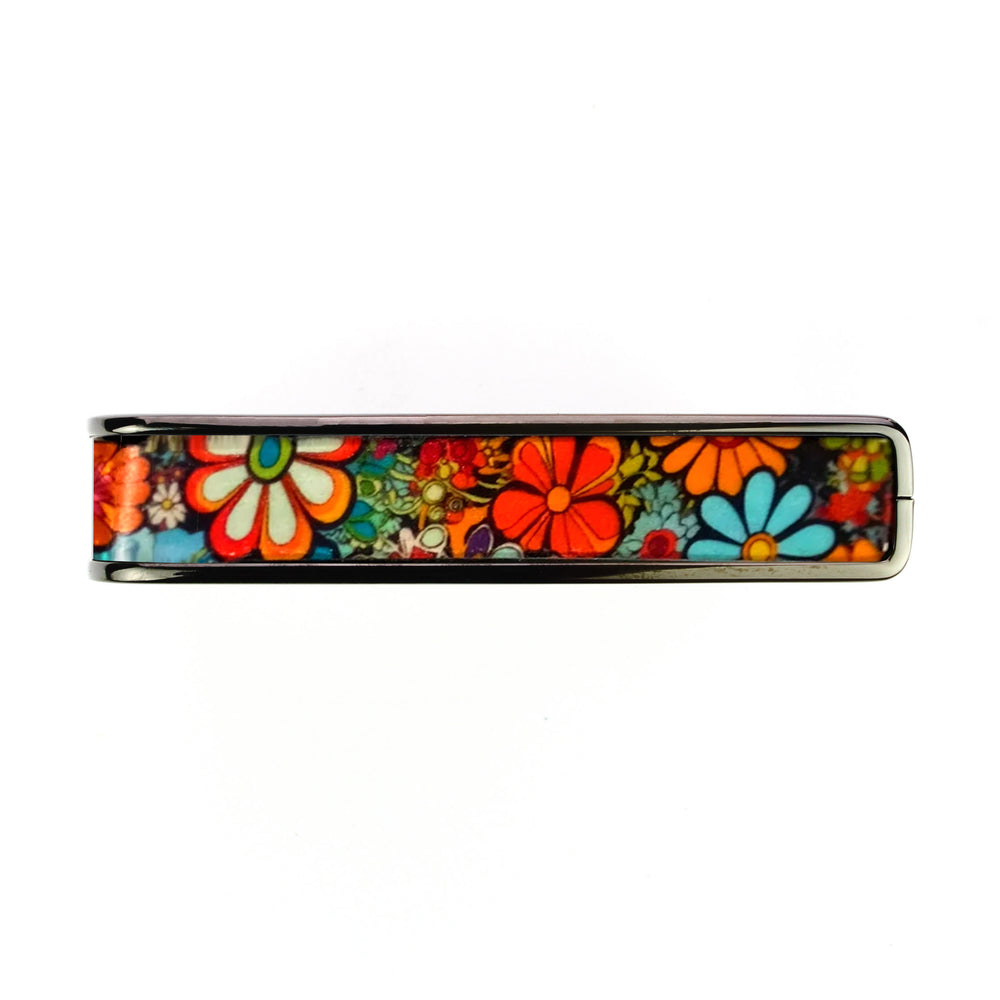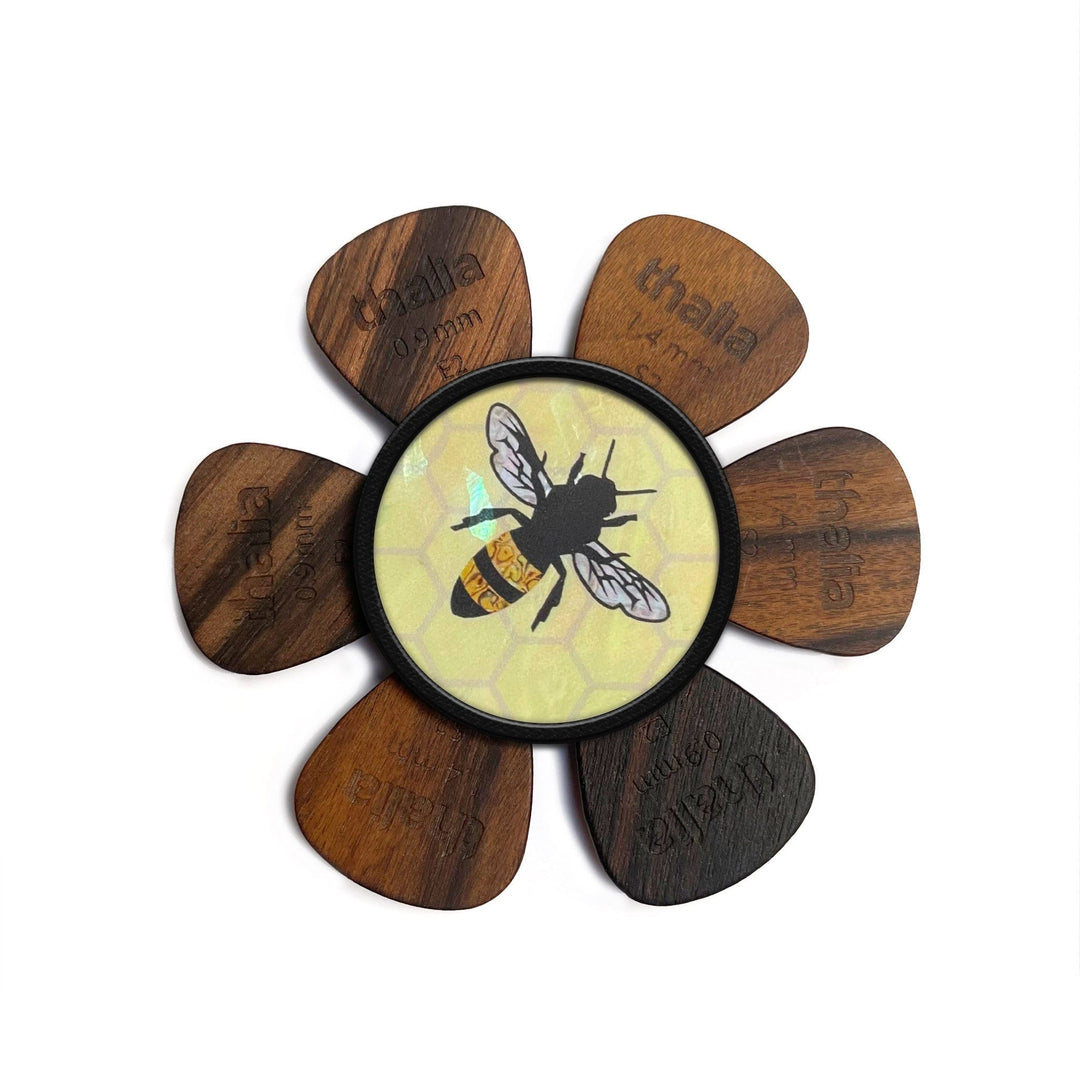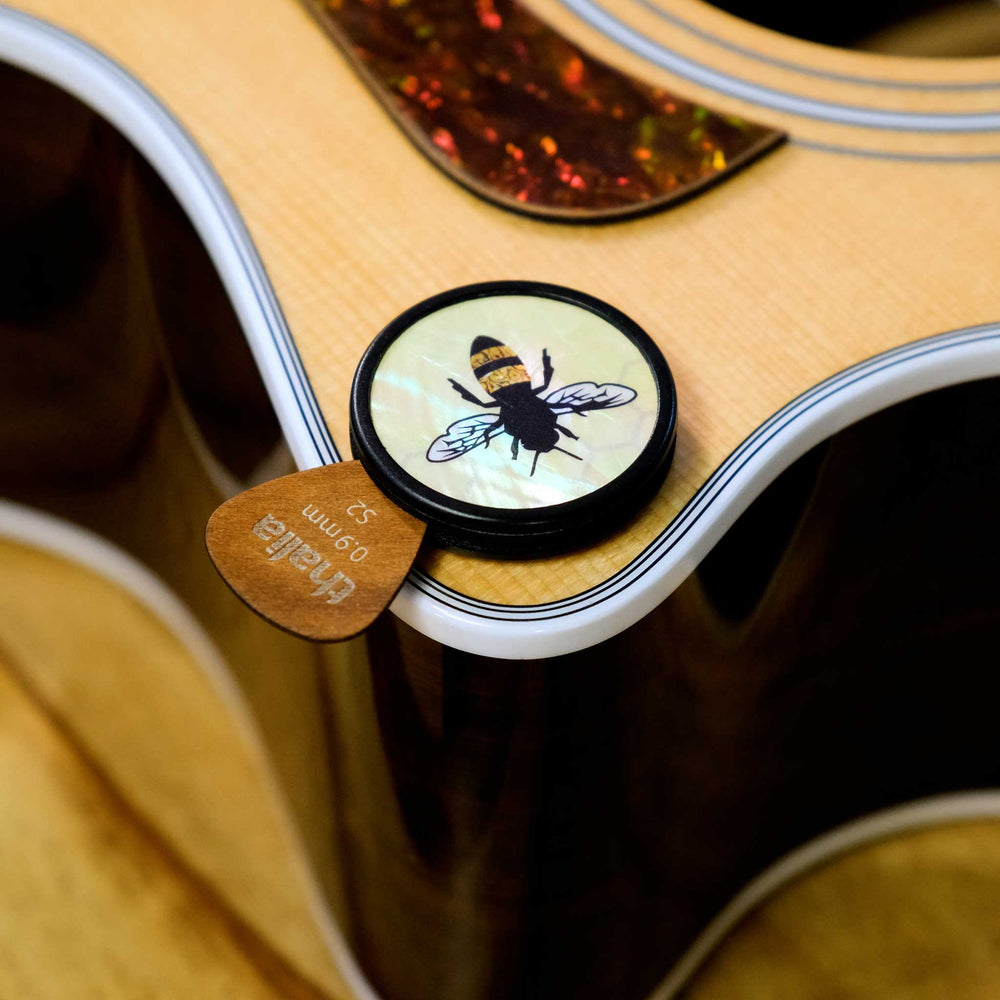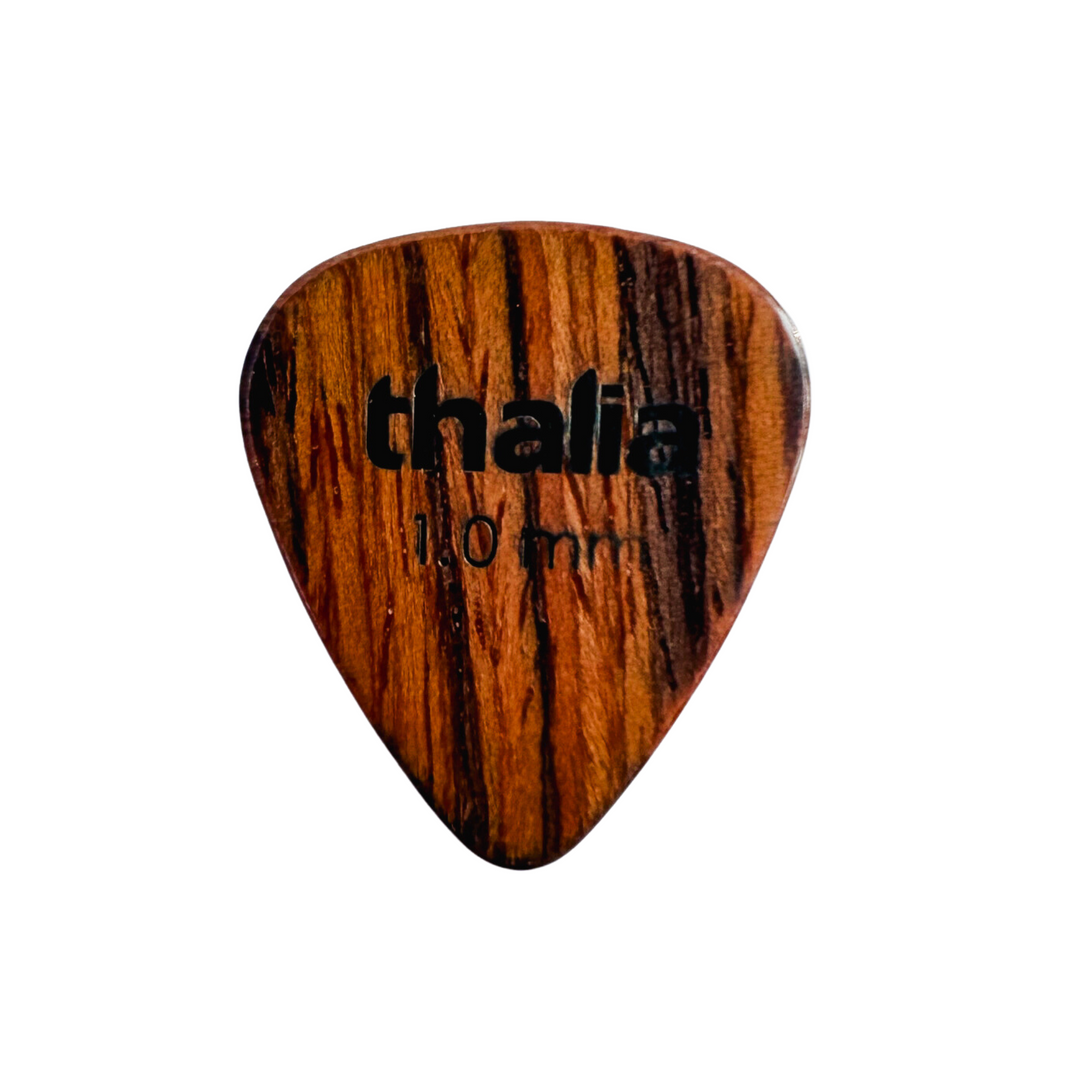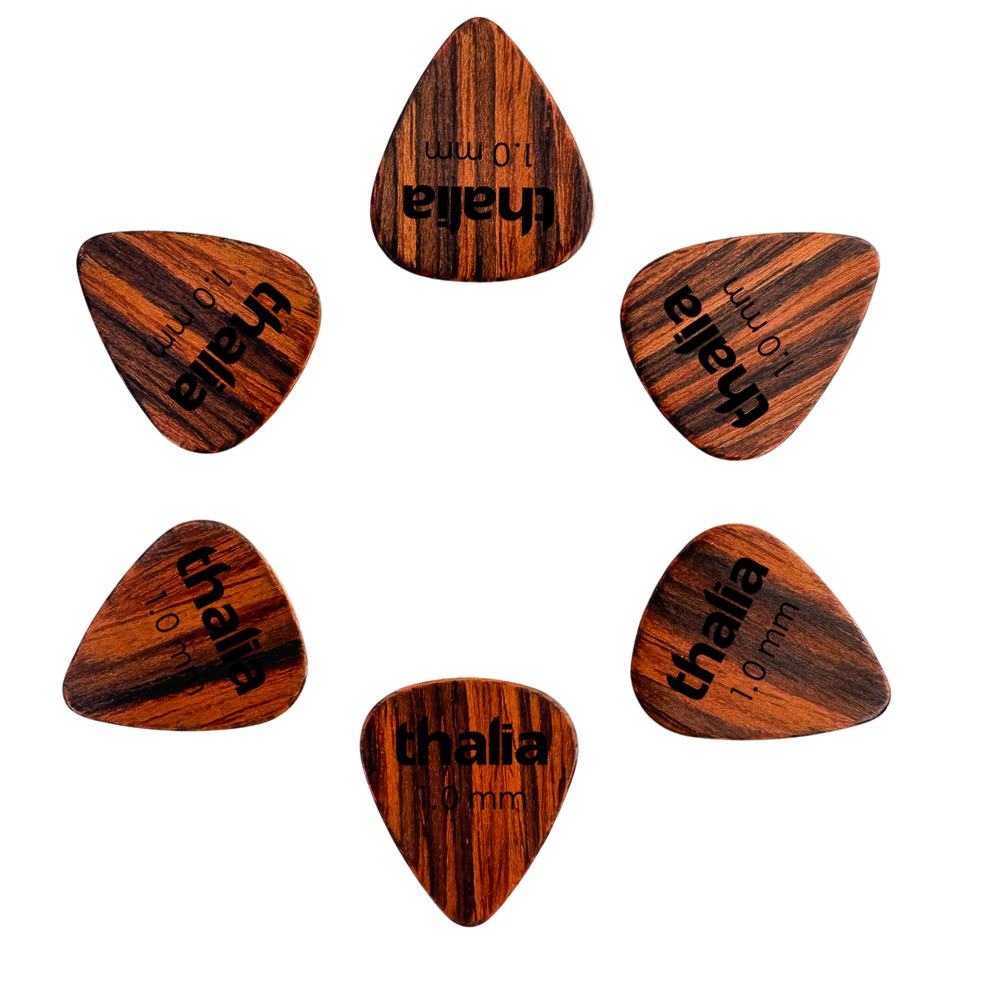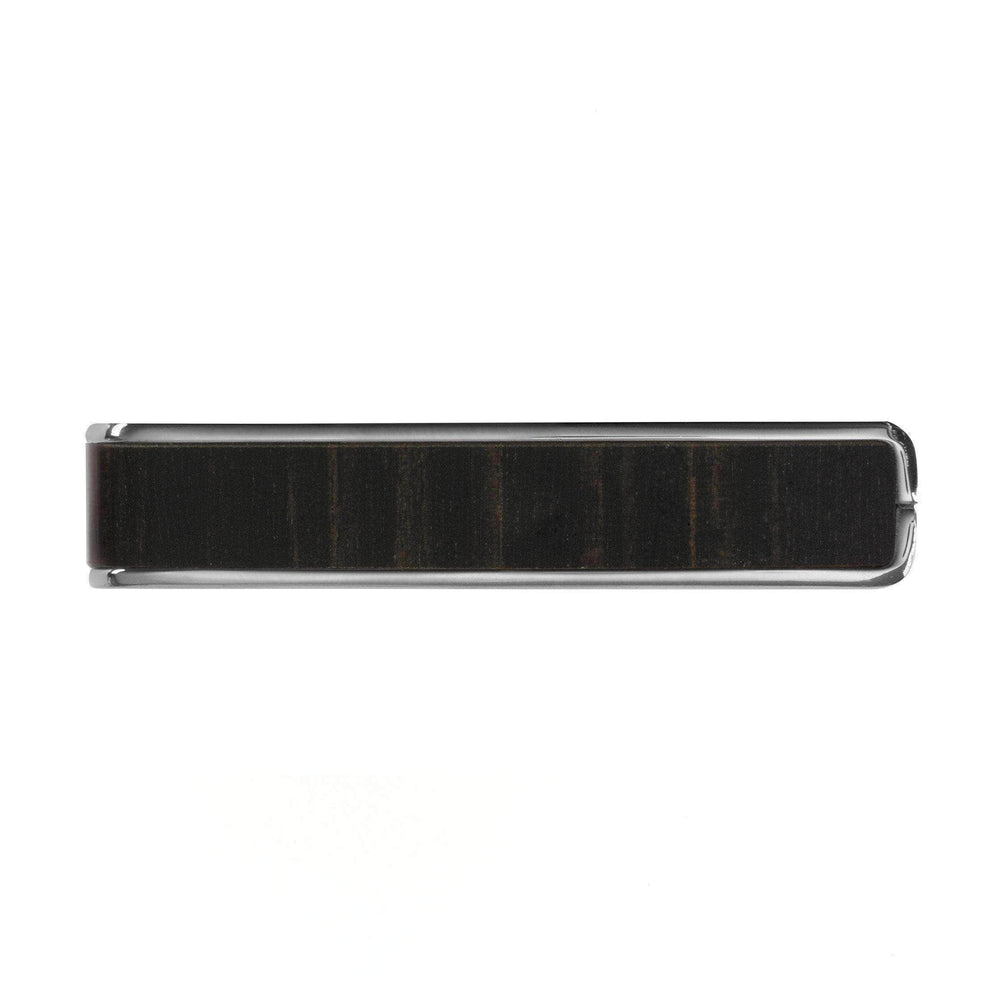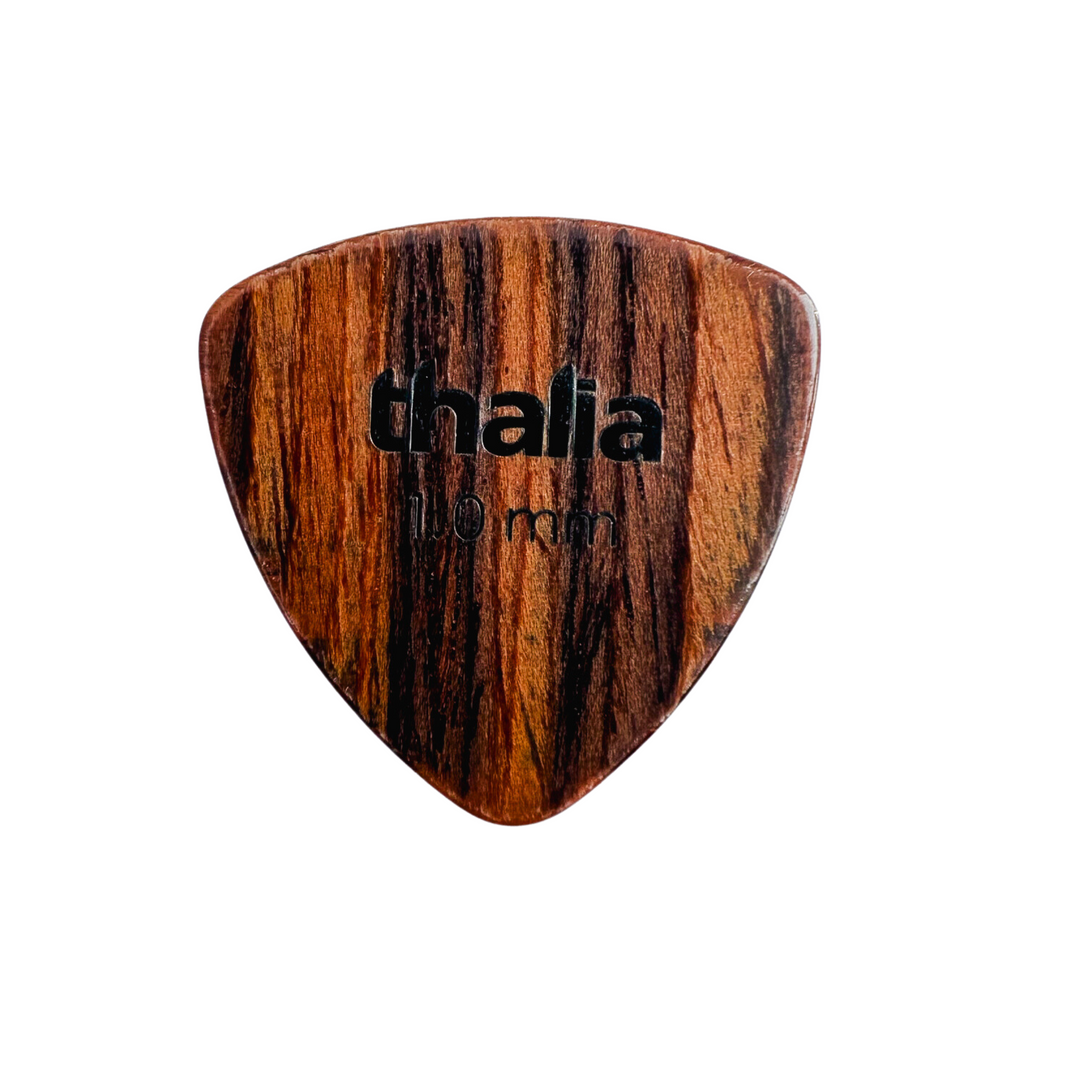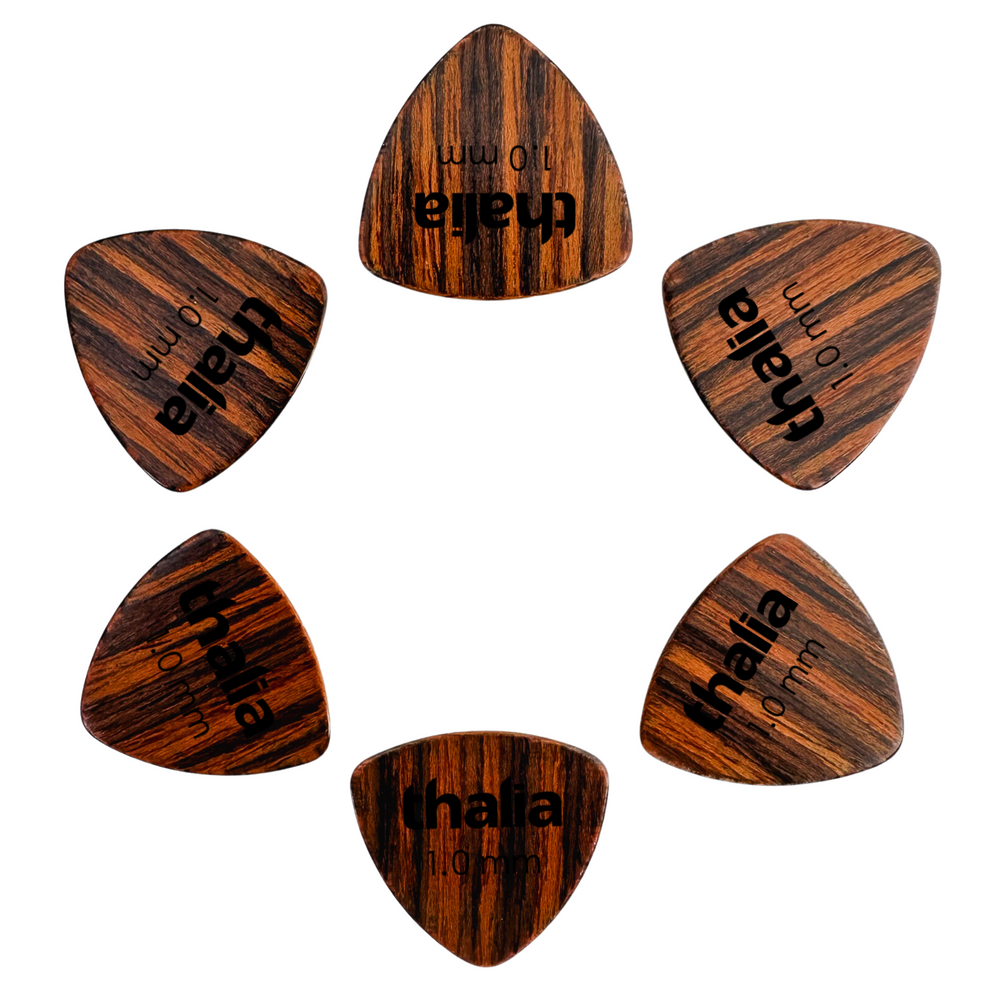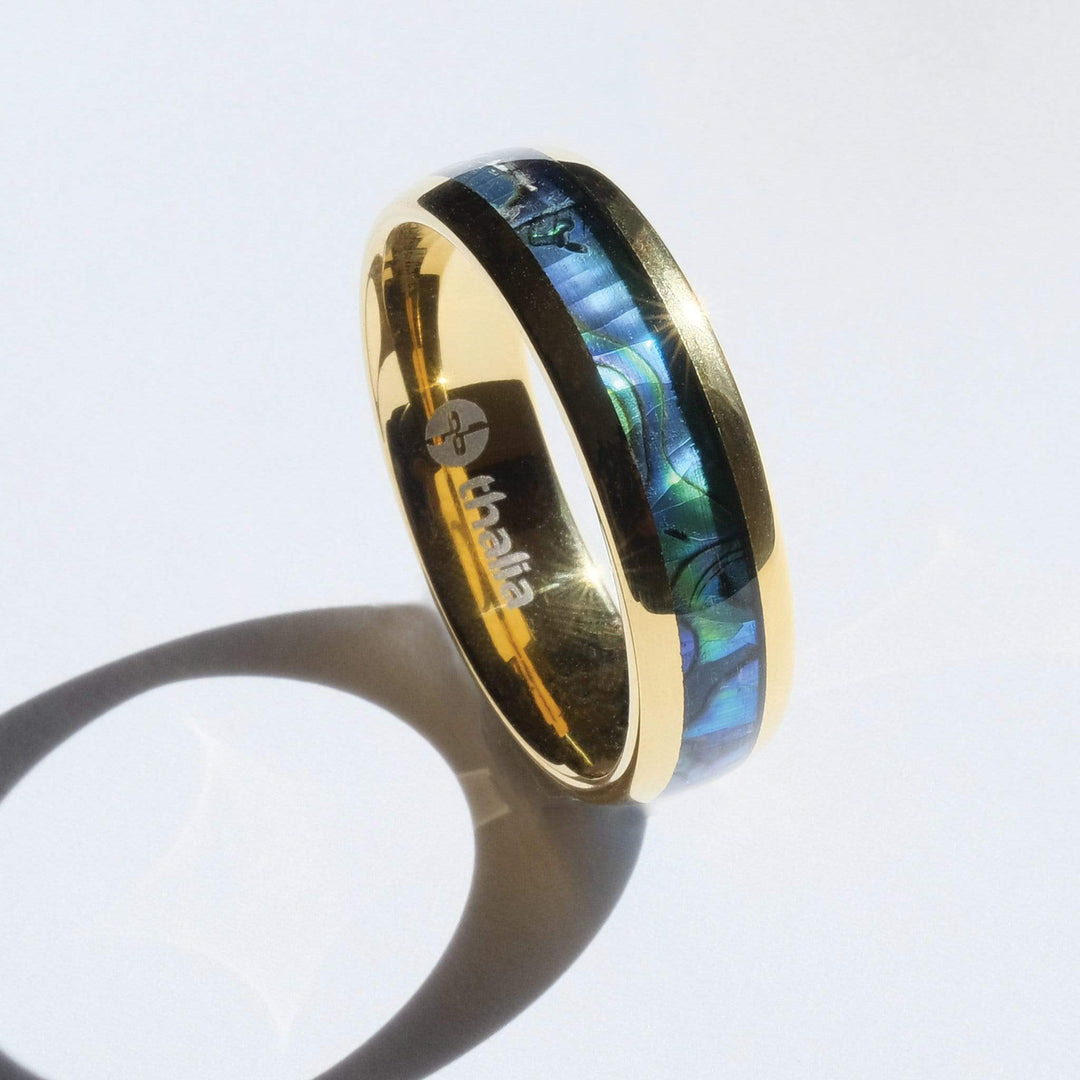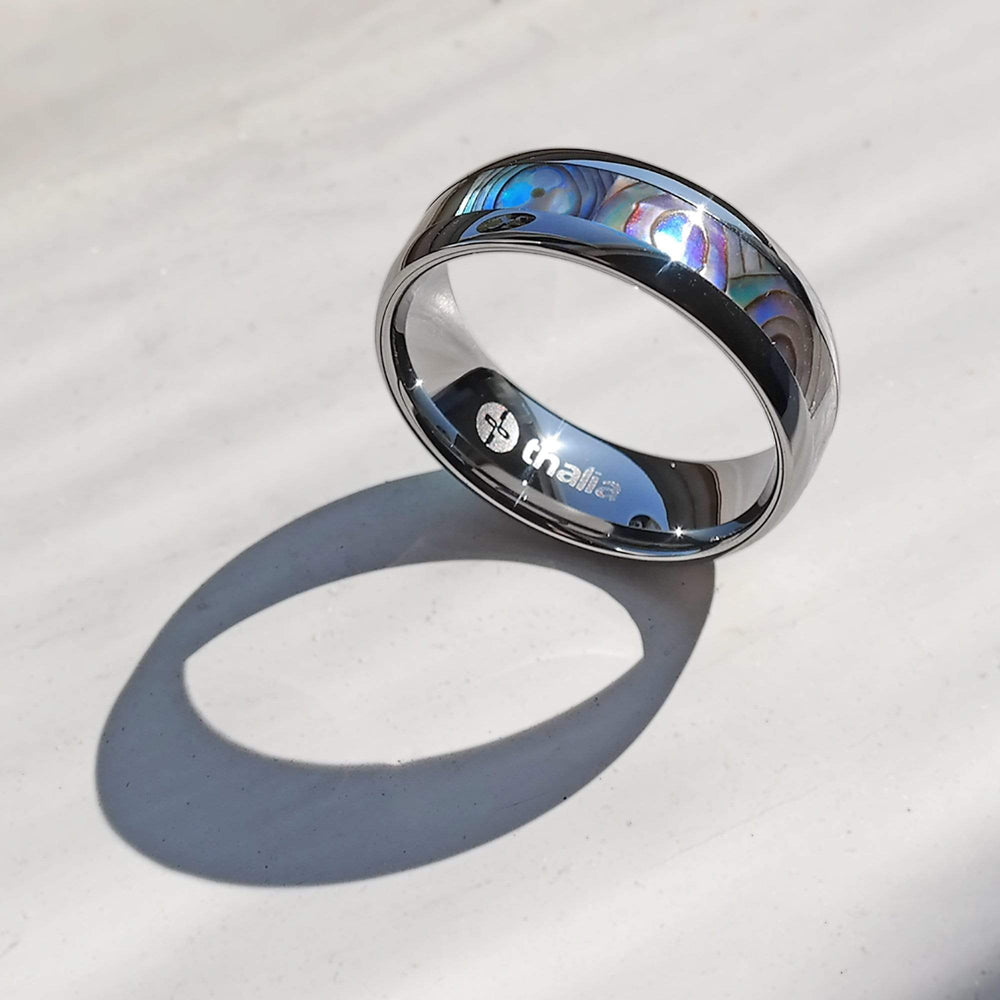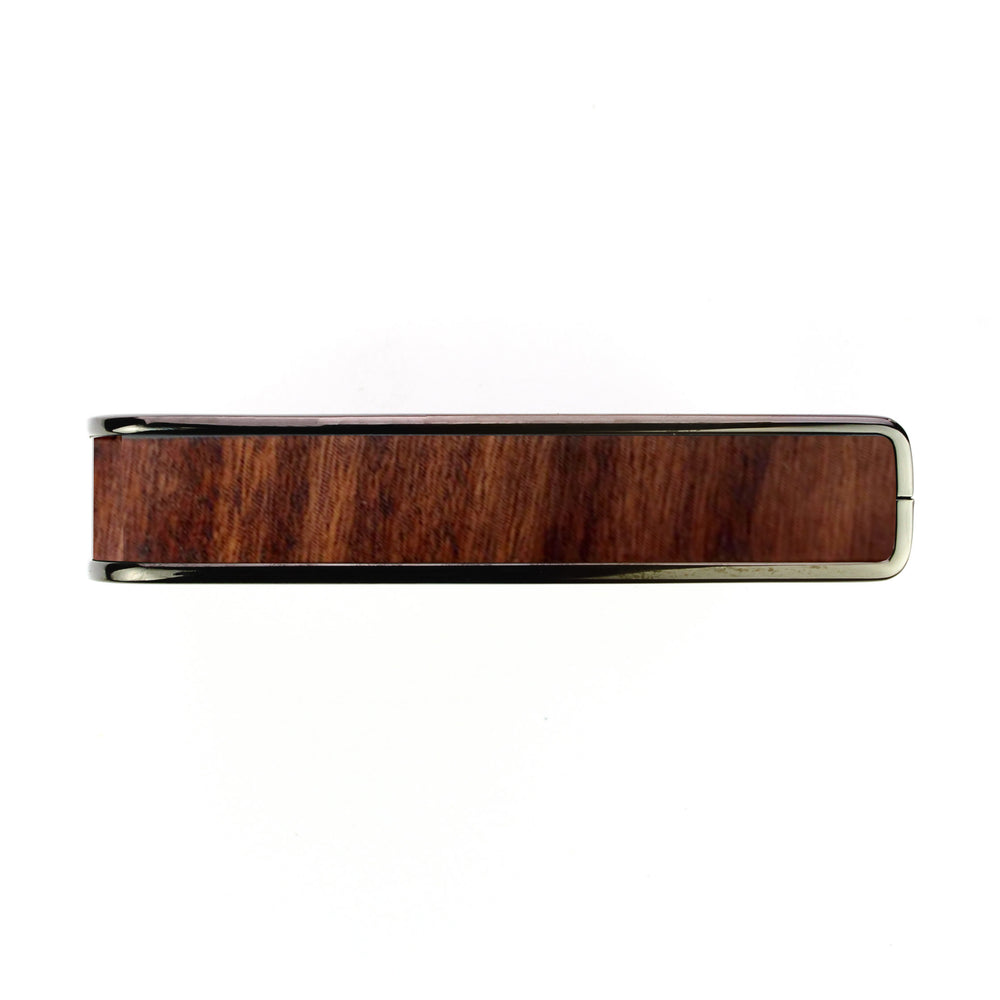The Beginner’s Guide to Open G Tuning
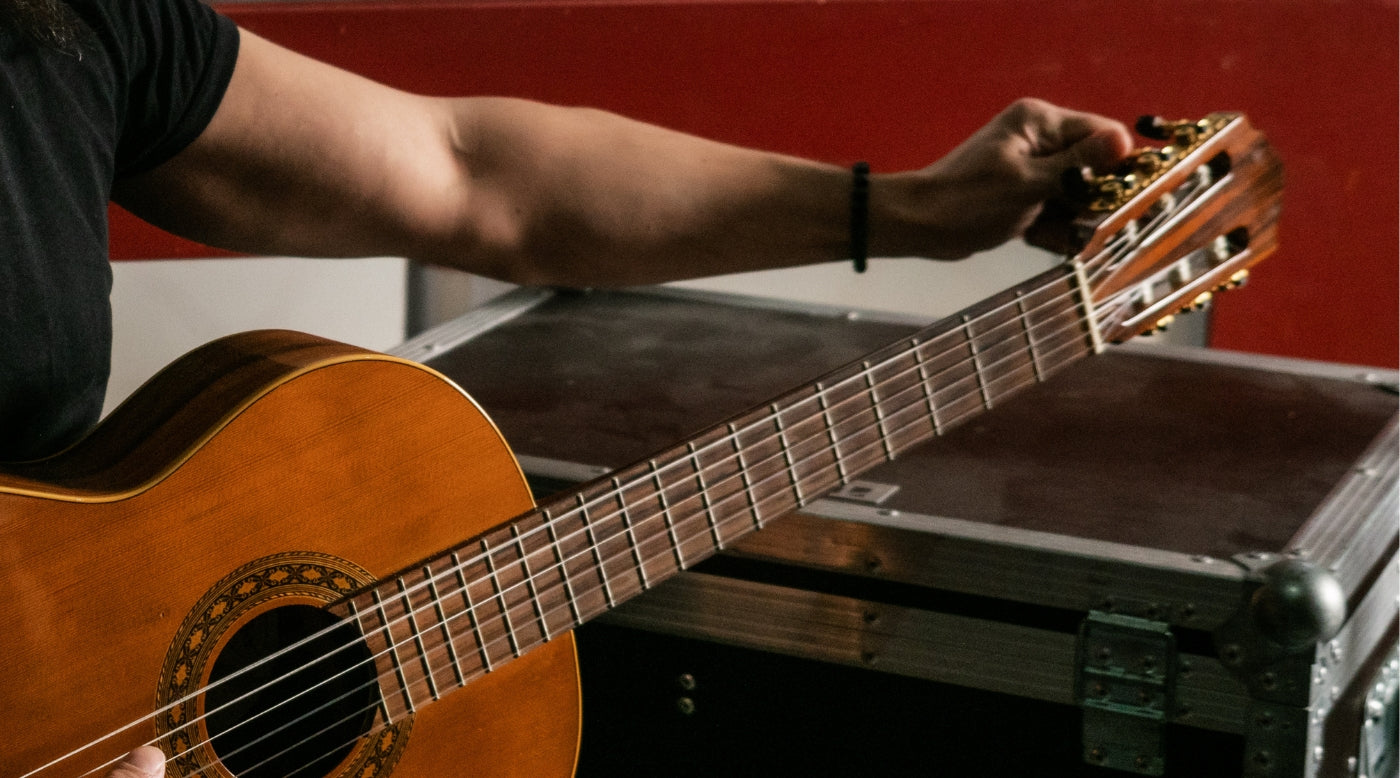
So, what do Keith Richards, Charlie Starr, Robert Johnson, Joni Mitchell, Rich Robinson and Lowell George all have in common? They all play differently, work in different genres, and are even generations apart...
The common element is that they’ve tuned their guitars to Open G. This is one of the more common open tunings there are and provides a great starting point for those who want to experiment with something beyond standard tuning. It’s also fun for those who want to try and play slide guitar.
What is open tuning?
There is a difference between open tunings and alternate tunings. An open tuning means playing an actual chord when you strum your open strings, while an alternate tuning is not necessarily tuned to a particular chord. Both offer a gateway to different sounds and voicings that are not always achievable in standard tuning.
In Open G, your guitar’s strings are tuned to the notes of a G major chord. The notes, from low to high, are D, G, D, G, B and D (or fifth, root, fifth, root, third and fifth).

To do this, take your low E string and tune down a whole step to D. Take the A string and tune it down to G. Finally, take your high E string and tune it down to D. Voilà! Open G! Strum your strings and bask in that G-major glory.
Getting your chords down - Start with string groupings
Whenever we learn a new tuning, we must learn to navigate it. All your typical chord shapes and scale patterns... well... they don’t work anymore. The best way to start is by learning where the triads are, starting with three-string groups.
Example 1 takes us through all the chords in the G Major scale on the first, second and third strings. Note that all the roots (here and for the rest of the article) are in parentheses.
 Example 2 takes us through the same thing on the second, third and fourth strings, forming second-inversion chords. Those who know their chord shapes and CAGED method in standard tuning will find these quite familiar. The beauty of Open G is that these strings remain unchanged from standard tuning, so the chords that you know already still apply.
Example 2 takes us through the same thing on the second, third and fourth strings, forming second-inversion chords. Those who know their chord shapes and CAGED method in standard tuning will find these quite familiar. The beauty of Open G is that these strings remain unchanged from standard tuning, so the chords that you know already still apply.

 Example 3 takes us to the third, fourth and fifth strings. Here, we get a series of power chords that can be played with one finger, the root being on the fifth string. Great for rock music.
Example 3 takes us to the third, fourth and fifth strings. Here, we get a series of power chords that can be played with one finger, the root being on the fifth string. Great for rock music.  Example 4 presents the same chords as example three, with the root on the fifth string, only this time the fifth of the chord is in the bass register. Crank up the distortion, because it’s about to get heavy!
Example 4 presents the same chords as example three, with the root on the fifth string, only this time the fifth of the chord is in the bass register. Crank up the distortion, because it’s about to get heavy!

What’s great about these four examples is that each chord, from one example to the next, shares two notes with the example before and after. This means that you can stack some of these triads and power chords to get bigger voicings.
Major and Minor Chords
The next thing to get down would be some stock major and minor chord voicings. Because of the nature of the tuning, stock shapes won’t work. It’s important to get a few under your fingers that you can grab easily. Examples 5a and 5b present the A major and A minor chords, voiced on the middle four strings.

 The first of each is in the root position (the A is in the bass), the second is the first inversion (where the 3rd of the chord is in the bass) and the last is the second inversion (where the fifth is in the bass). Pay attention to where the roots are found in each chord, as they will help anchor which voicing you’ll play during a song.
The first of each is in the root position (the A is in the bass), the second is the first inversion (where the 3rd of the chord is in the bass) and the last is the second inversion (where the fifth is in the bass). Pay attention to where the roots are found in each chord, as they will help anchor which voicing you’ll play during a song.
Moving From One Chord to The Next
Because the strings in an Open tuning are tuned to a chord, technically you can play a chord just by barring one finger down on a fret. As you can see in example 6a, playing a G-C-D progression is relatively easy.
Example 6b shows the same progression, but while applying some extra finesse from the triad and chord voicings we discussed earlier. The voice leading becomes much smoother.
 Example 7a shows a minor chord added to the mix. All of these voicings are carried over from standard tuning, so they should be quite familiar. Example 7b adds an extra bass note to each chord. The voicings are a bit more complex but make for smoother voice leading.
Example 7a shows a minor chord added to the mix. All of these voicings are carried over from standard tuning, so they should be quite familiar. Example 7b adds an extra bass note to each chord. The voicings are a bit more complex but make for smoother voice leading.  As with the other exercises, pay attention to where the roots are found. Every voicing becomes quite applicable when you know where to use it in the context of your songs! The more you know!
As with the other exercises, pay attention to where the roots are found. Every voicing becomes quite applicable when you know where to use it in the context of your songs! The more you know!
Getting Huge!
One of the great beauties of open tuning is the extra notes we can add to chords that just make them shimmer! Example 8 shows the chords of a G major progression but leaves the first and third strings open. What we get are these huge voicings that you might not get in standard tuning and bring a new dimension to your music. 
 You can apply any of the open strings to any standard chord in the keys of G major, C Major and D Major (where none of the notes of the open strings need to be sharp or flat). Consequently, you can do the same for standard chords in the keys of E minor, A minor and B minor (the relative keys to the major ones).
You can apply any of the open strings to any standard chord in the keys of G major, C Major and D Major (where none of the notes of the open strings need to be sharp or flat). Consequently, you can do the same for standard chords in the keys of E minor, A minor and B minor (the relative keys to the major ones).
So learn some voicings and get experimenting!
But Wait... There’s More!
Fans of the Rolling Stones, Blackberry Smoke and the Black Crowes have heard the “Keef Chords” (as I like to call them). Keith Richards is arguably one of the greatest users of Open G tuning, and a modified one at that! Richards tended to remove the low string on his Open-G-tuned guitars, eliminating the low D note. This focuses the voicing.
Example 9 is a simple progression using the “Keef Chords”. What they are is a simple barre on a fret to get a major chord, followed by a sus-chord sound by adding the middle finger on the second string one fret from the barre, and the ring finger on the fourth string two frets from the barre. A quick play and you’ll hear what I mean. You’re a couple of chords away from a Stone’s cover band!
 Chicken Licks
Chicken Licks
Another great user of Open G was Lowell George of Litte Feat, who would play his greasy slide licks on an open-g-tuned Stratocaster. Open tunings make a great starter for slide players since whole chords will fall under one fret. Going one fret lower to the chord gives you a blues sound, while two frets above and down (except for the second string, one fret) helps you get some extra melodic content in there.
Example 10 is a Lowell-inspired slide lick in G to get you started. Be sure to slide between the slurred notes for some extra chicken fat!
 In our next lesson, we will look at the fun you can have in Open D. In the meantime, have yourself some fun with Open G!
In our next lesson, we will look at the fun you can have in Open D. In the meantime, have yourself some fun with Open G!
By Kevin Daoust - instagram.com/kevindaoust.gtr
Kevin Daoust is a guitarist, guitar educator and writer based in Gatineau, Quebec, Canada. When not tracking guitars for artists around the world, or writing music-related articles around the internet, he can be seen on stage with Accordion-Funk legends Hey, Wow, the acoustic duo Chanté et Kev, as well as a hired gun guitarist around Quebec and Ontario. He holds a Bachelor of Music in Guitar Performance from Carleton University in Ottawa, Ontario, Canada.





